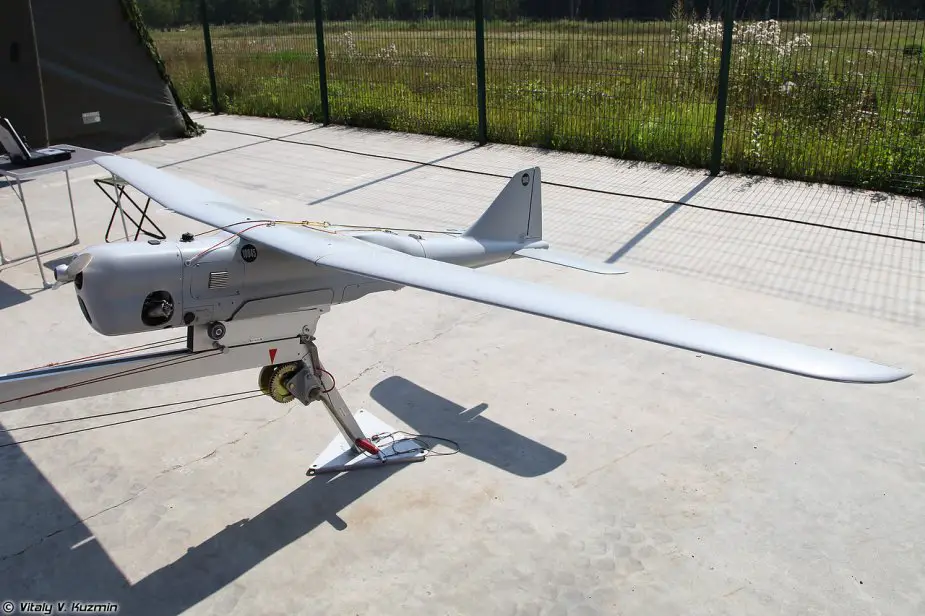Breaking news
Russia deploys Orlan-10 drone units in Kamchatka, Kurile Islands.
The Russian Defense Ministry deployed drone units in Kamchatka and Kurile Islands. The detachments will assist general forces and marines. They will patrol coastal and brown waters, assist civilian rescuers to search for distressed vessels, and monitor the environment, the Izvestia daily writes.

Orlan-10 UAV (Picture source: Vitaly Kuzmin)
The Defense Ministry said units in Kamchatka and Kurile Islands will be reinforced by drone detachments. The drones on Kurile Islands will be supplied to the 18th machinegun-artillery division deployed on Iturup and Kunashir. They will be Orlan-10 which reliably performed in Syria. The Kamchatka detachment will be armed with long-range drones, newspaper sources said.
Drones were for the first time massively engaged on Kuriles in 2015 during an exercise to repel an amphibious assault. Granat-1, Granat-4 and Zastava drones were engaged in reconnaissance, landing control and fire adjustment. Since then, drone missions have increased on Kurile Islands. A Bal battalion was deployed on Kunashir and a Bastion battalion went on combat duty on Iturup. Drones can act as scouts and pointers for missiles.
Orlan-10 is a medium drone with a range of 120 km. It can carry day and night cameras, thermal imagers and electronic warfare. It can transmit video online and stay in the air for 14 hours and ascend to five kilometers. Orlan-10s usually operate in groups. A group of three drones has the following order: the first drone is engaged in reconnaissance at a distance of 1-1.5 km from the ground, the second one carries electronic warfare, and the third one retransmits video and other data to the base from an altitude of 4.5-5 km. The command post can operate four drones. If necessary, a local network can be created by uniting 30 operators who will receive information from Orlan-10.
The drones engage in reconnaissance, illuminate targets, provide adjustments. The main mission is to provide a real-time picture of the developments in various areas to the command, former Navy Chief-of-Staff Admiral Valentin Selivanov said. In peacetime, drones can be used to search for civilian vessels, determine the damage caused by the elements, find explosives, detect oil spills, and check power transmission lines and pipelines. "They can help the coastguard fight poachers at sea. The waters around Kamchatka and Kuriles are rich in fish and there are always a lot of poachers there," Selivanov said.
In 2011, the army had 180 drones and some of them were Soviet-made. The number increased to 1,980 in 2016. At present, the number of drones in the army and navy exceeds 2,000 and will continue to grow, the Izvestia said.























